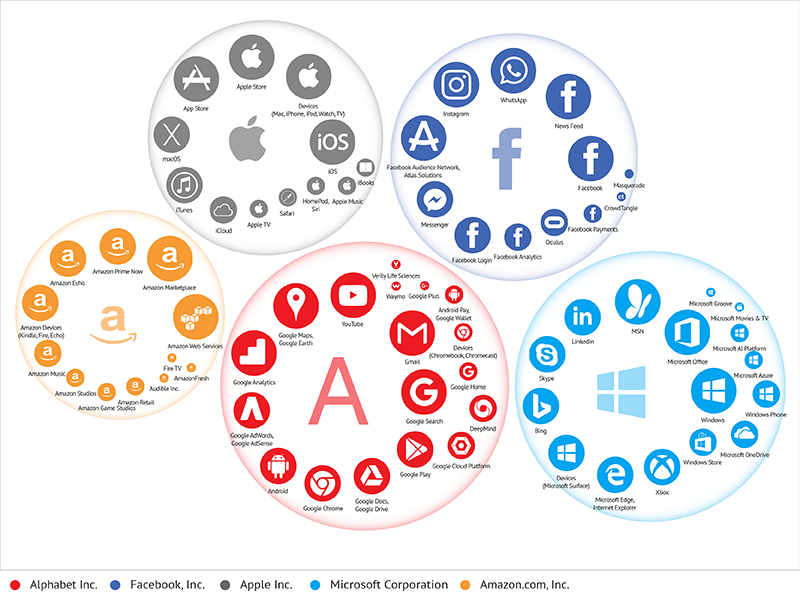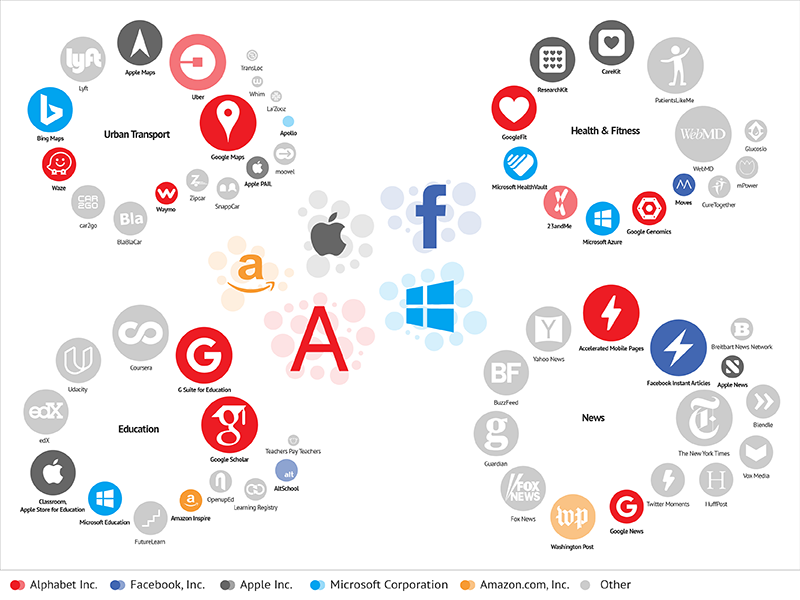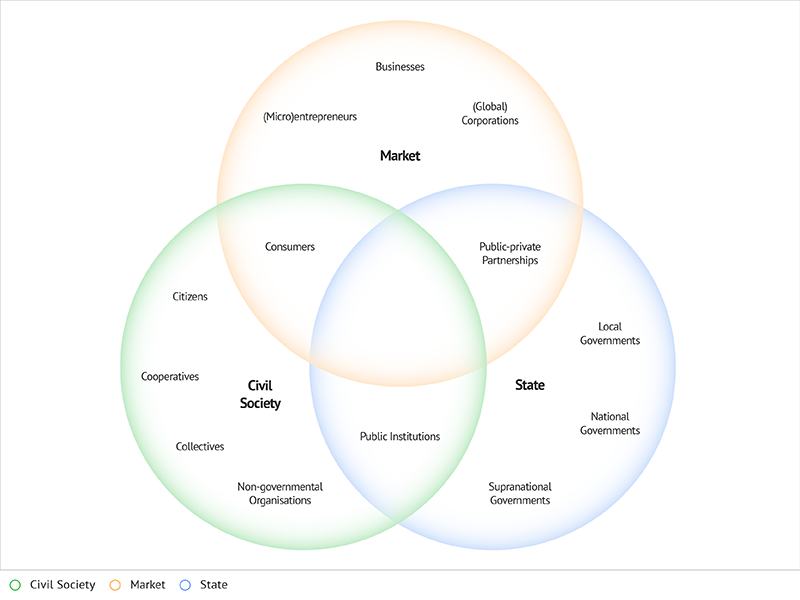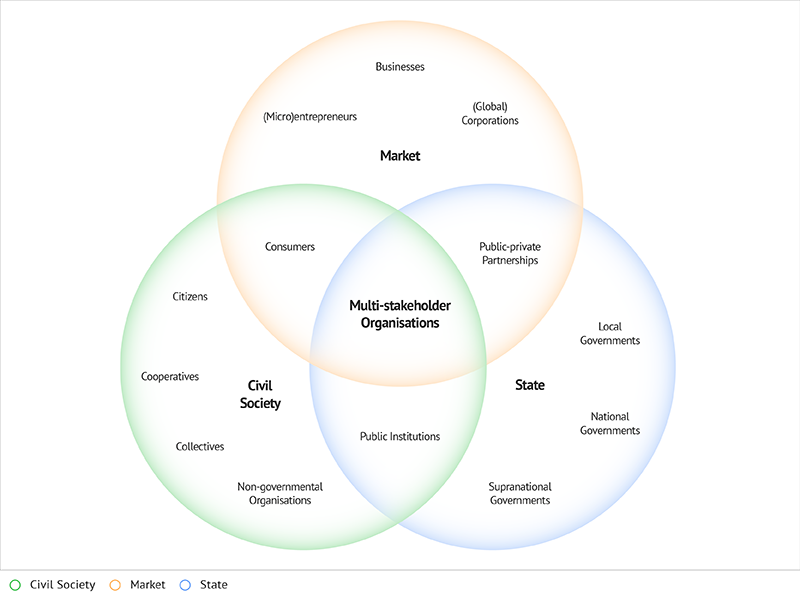📊Infographics
The Platform Society:
Public Values in a Connective World
│
│
Public Values in a Connective World
📂Platformisation and Platform Ecosystems ‘Individuals all over the world can use Airbnb to rent an apartment in a foreign city, check Coursera to find a course on statistics, join PatientsLikeMe to exchange information about one’s disease, hail a cab using Uber, or read the news through Facebook’s Instant Articles. The promise of connective platforms is that they offer personalized services and contribute to innovation and economic growth, while bypassing cumbersome institutional or industrial overhead. In The Platform Society, Van Dijck, Poell and De Waal offer a comprehensive analysis of a connective world where platforms have penetrated the heart of societies-disrupting markets and labor relations, circumventing institutions, transforming social and civic practices and affecting democratic processes. This book questions what role online platforms play in the organization of Western societies. First, how do platform mechanisms work and to what effect are they deployed? Second, how can platforms incorporate public values and benefit the public good? The Platform Society analyzes intense struggles between competing ideological systems and contesting societal actors – market, government and civil society – raising the issue of who is or should be responsible for anchoring public values and the common good in a platform society. Public values include of course privacy, accuracy, safety, and security, but they also pertain to broader societal effects, such as fairness, accessibility, democratic control, and accountability. Such values are the very stakes in the struggle over the platformization of societies around the globe. The Platform Society highlights how this struggle plays out in four private and public sectors: news, urban transport, health, and education. Each struggle highlights local dimensions, for instance fights over regulation between individual platforms and city governments, but also addresses the level of the platform ecosystem as well as the geopolitical level where power clashes between global markets and (supra-)national governments take place.’ (Quoted)




| Kind | Diagrams; Infographics |
|---|---|
| Author | J. F. T. M. van Dijck; T. Poell; B. G. M. de Waal |
| Designer | F. N. van der Vlist |
| Publication Date | 2018, November 2 |
| Pages | 240 |
| Illustrations | 4 |
| Publisher | Oxford University Press (Oxford, United Kingdom; New York, NY, United States of America) |
| Identifier | https://doi.org/10.1093/oso/9780190889760.001.0001 [self]; 978-0190889760 [part of]; 978-0190889777 [part of] |
🖇Attached ⋮
| 🖇Attached | Name | 🕓Date Modified ↧ | Kind | Access | |
|---|---|---|---|---|---|
| ↩ | [Parent Directory] | ||||
| seeing-the-forest-for-the-trees.html |
Seeing the Forest for the Trees Diagrams | 2021-09 | 📊Infographics | 🔓Open Access | |
| de-platformsamenleving.html |
De platformsamenleving Diagrams | 2016-11-10 | 📊Infographics | 🔓Open Access |